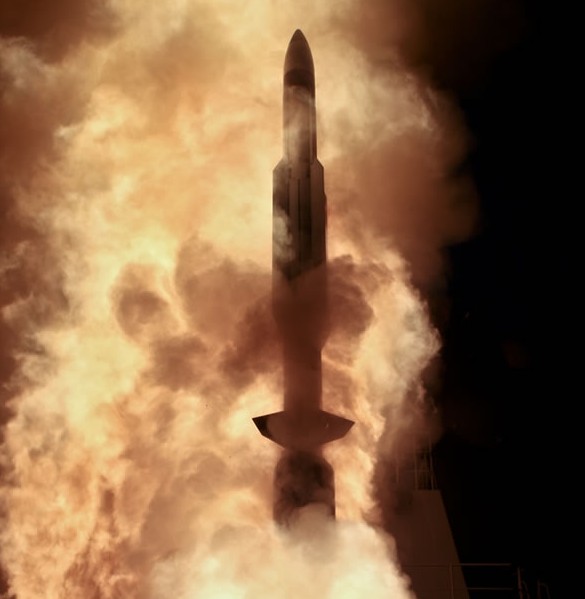October 4, 2011: The Next generation AEGIS Missile is currently underway with conceptual designs developed by three competitors – Lockheed Martin, Raytheon Missile Systems and Boeing Defense, Space & Security; all three were awarded contracts by the Missile Defense Agency (MDA) earlier this year. The three contracts are worth US$126 million combined. For fiscal years 2013-2016 the full scale development is expected to cost additional $1.6 billion, with additional funding to be allocated for flight testing. However, with budget cuts looming, the program is already facing opposition from the U.S. Senate, with the Senate Appropriations Committee proposing to cut the funding for the program from the proposed 2012 defense spending bill).

While the specific technologies to be employed with the Next Generation AEGIS Missile have yet to be defined, it is likely the new missile will derive some of the capabilities already under development for the SM-3 Block IIA. This advanced missile interceptor will be fitted with a new kill vehicle carrying a ‘High Divert Kinetic Warhead’, designed to defeat intercontinental ballistic missiles (ballistic missiles with range of up to 12,000 km).
To further enhance the Block IIB kill vehicle capabilities, MDA will evaluate two different ‘liquid divert’ technologies considered the new divert system, to reduce the technological risk associate with this next generation kill vehicle. The MDA has recently awarded two contracts worth about $14 million each, to Aerojet and Pratt & Whitney Rocketdyne, Inc., both will test specific liquid divert and attitude control system technologies for the next two years. Alliant Techsystems, (ATK) Inc., has also been awarded about $10 million for the development and testing of the third stage rocket motor associated with the future missile’s kill vehicle.
The Next Generation AEGIS missile is positioned to become the mainstay of the MDA’s Phased Adaptive Approach for a European missile defense after 2020. According to the MDA, 24 naval vessels (5 cruisers and 19 destroyers, including four of the Japanese Navy) have already been upgraded with the AEGIS BMD system, and equipped with SM-3 Block 1A missile interceptors; the agency and the U.S. Navy are planning ti increase the number of BMD capable ships to 32 by end of 2013. These vessels will be gradually equipped with the more advanced SM-3 Block 1B missile, fitted with a two-color seeker and new Throttleable Divert Attitude Control System (TDACS). Both Block I missiles are designed to intercept short- to medium-range ballistic missiles. The forthcoming Block 2 and 2A, developed in cooperation with Japan, will employ new high velocity kinetic warhead with high divert capability (2A), a new seeker improving target discrimination and a larger diameter, more powerful first stage rocket motor, extending the weapon’s range beyond the current missiles’ capabilities. MDA is requesting funding of nearly one billion US$ for the SM-3 program, including $565 million for buying 46 SM-3 Block 1B missiles along with $424 million for the development of the SM-3 Block 2A.
Although described by MDA as the ‘Next Generation AEGIS missile’, the specific performance of the Block IIB remain vague, a fact which has lead the Senate committee to focus on current programs, which already suffer 1-2 year delays, consequently pushing the SM-3 Block IIB well into the next decade.
















